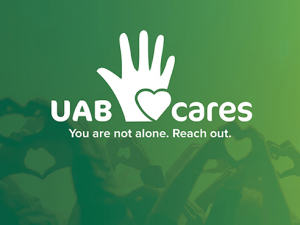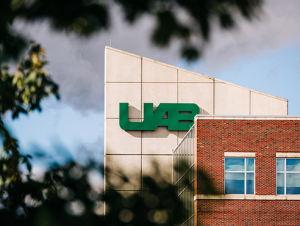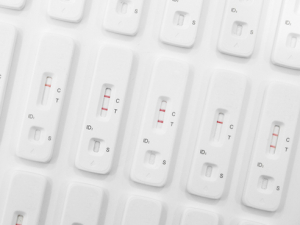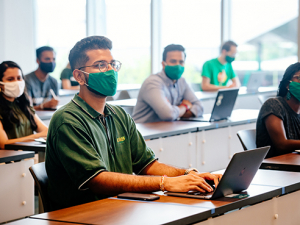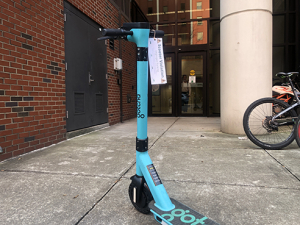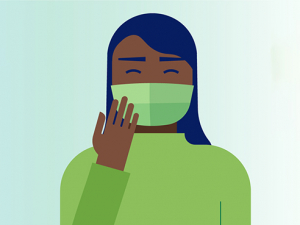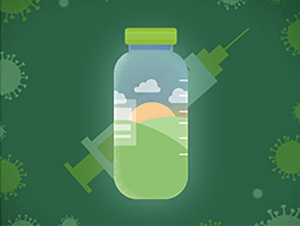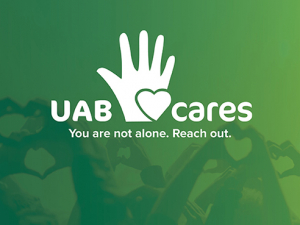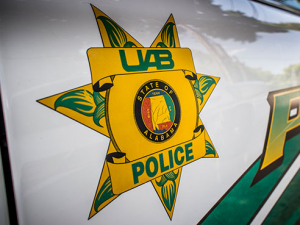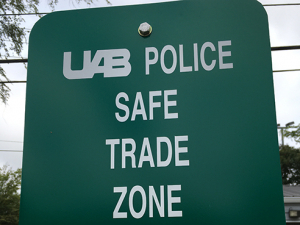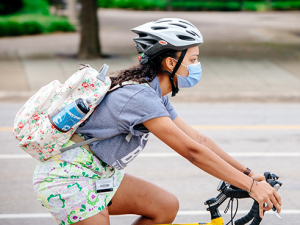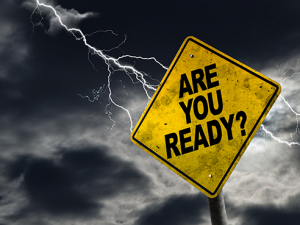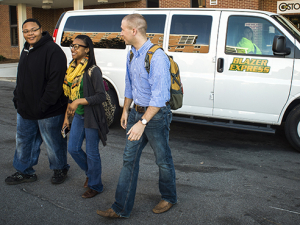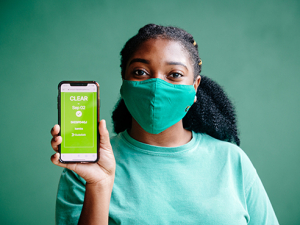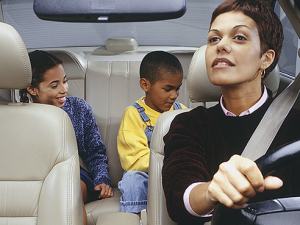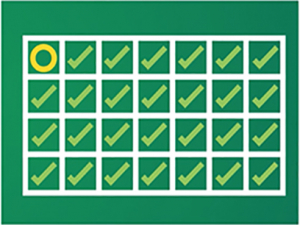 Blaze knows his severe weather gathering point inside Bartow Arena.In Central Alabama, the weather can sometimes become unseasonably warm during late winter, and temperatures can fluctuate wildly when spring comes, when a month might begin at an average temperature of 45 degrees and end at 77, a temperature range that can bring bright and clear days but also lend itself to dramatic weather changes.
Blaze knows his severe weather gathering point inside Bartow Arena.In Central Alabama, the weather can sometimes become unseasonably warm during late winter, and temperatures can fluctuate wildly when spring comes, when a month might begin at an average temperature of 45 degrees and end at 77, a temperature range that can bring bright and clear days but also lend itself to dramatic weather changes.
In January 2021, one child was killed and dozens of other citizens were injured when an EF-3 tornado struck Fultondale, and 12 years ago this April, 134 patients came through the UAB emergency department after harsh tornadoes wasted parts of Central Alabama. Tornadoes can — and have — happened any time during the year.
Severe weather preparedness is key when living and working in a location such as Birmingham, and UAB has several resources that, when coupled with personal initiatives, can help keep employees safe during bad weather. Check uab.edu/emergency for updates and additional information.
To help make campus safer, UAB Emergency Management will be distributing new weather radios to building administrators across campus, which will work as a supplementary resource alongside Emergency Management to ensure severe weather awareness on campus.
"We are fortunate to have the support from our administration that provided funding for this project. The addition of these weather radios will make a huge impact on our campus community and are much needed, " said Eddie Coar, director of Emergency Management.
Sign up for B-ALERT.
UAB’s Emergency Management Team uses its emergency notification system to communicate through voice calls, SMS text messages and emails to the entire campus. You should routinely check your B-alert settings to make sure the contact information is correct. Register for B-ALERT at uab.edu/balert.
Have a family member or friend who is not affiliated with UAB who wants to get B-Alert messages? Visit uab.edu/balert or text “contractor” to 888777.
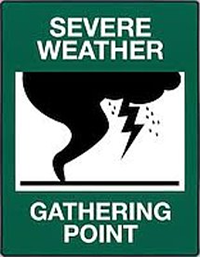 Look for green "severe weather gathering point" designation sticker to find your building's designated gathering area for severe weather.Know the severe weather gathering points and emergency action plan for your building.
Look for green "severe weather gathering point" designation sticker to find your building's designated gathering area for severe weather.Know the severe weather gathering points and emergency action plan for your building.
If you are working on-campus part- or full-time during modified business operations due to COVID-19, remember that buildings across campus have at least one designated gathering area for severe weather. Employees should familiarize themselves with the ones closest to their workspace and memorize several routes there; look for green "severe weather gathering point" designation stickers or contact Environmental Health and Safety to see where yours is.
Each building administrator should also have a Building Emergency Action Plan, which is shared with new employees and can be explained upon request. UAB also has its own basic emergency response plan for tornadoes.
UAB Hospital, UAB Hospital-Highlands and all inpatient and ambulatory health care clinics follow shelter-in-place guidance provided by UAB Medicine Emergency Management. Outpatient clinics also have specific shelter-in-place procedures.
“This is an excellent opportunity for campus departments, organizations and units to practice what they would do in the event of a tornado warning,” Coar said.
“If a warning is issued, know where you should go. Go to the lowest floor and put as many walls as possible between you and the outside. Put on a bicycle or football helmet to help protect against blunt force trauma to the head.”
Story continues below box.
Keep an emergency kit handy.
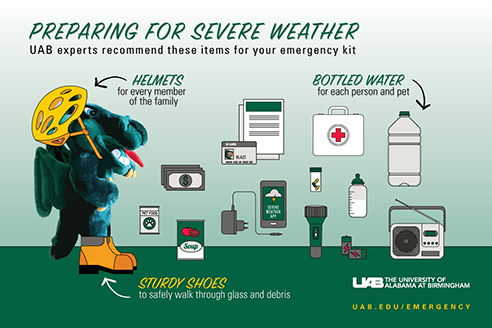 Read more from UAB experts. Click to enlargeThe Department of Homeland Security recommends creating emergency kits out of inexpensive and easy-to-find items that, in a true emergency, could save a life.
Read more from UAB experts. Click to enlargeThe Department of Homeland Security recommends creating emergency kits out of inexpensive and easy-to-find items that, in a true emergency, could save a life.
Stock your kit with water, non-perishable food items, a battery-powered or hand-cranked radio, a flashlight and other items from the ready.gov Build A Kit checklist. Experts from the UAB Department of Emergency Management also recommend keeping a helmet on hand for each member of the family, plus sturdy shoes and a first-aid kit.
It is best to stock enough to last 72 hours.
Know several different routes to get back home.
Take time during your daily commutes to explore alternate routes to help avoid traffic jams due to extreme weather or car accidents.
Community-based traffic and navigation app Waze can also help drivers navigate around road blockages, stopped traffic or other roadway issues that can pop up during severe weather.
Download a good weather app.
With the myriad weather apps available on the App Store and Google Play, it’s important to know which will be the most reliable in tense severe-weather situations.
According to Digital Trends, there are several good options, including the free AccuWeather app, available for iPhone and Android, which it notes is both simplistic and comprehensive.
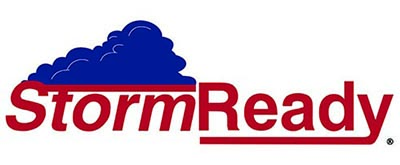 National Weather Service renews UAB’s StormReady status
National Weather Service renews UAB’s StormReady status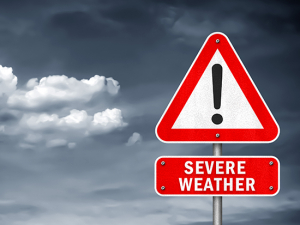
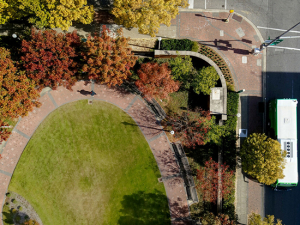
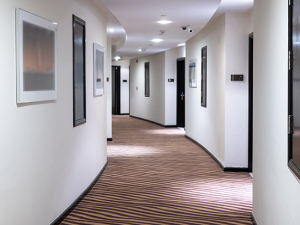
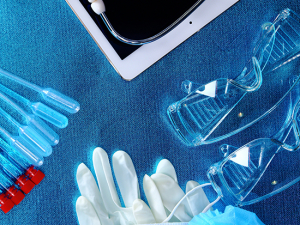
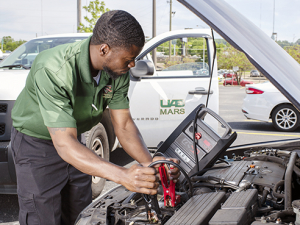
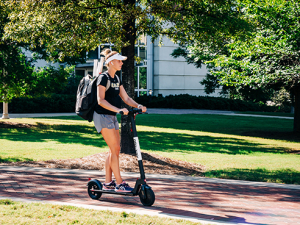

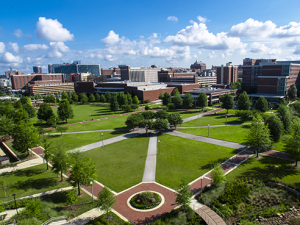
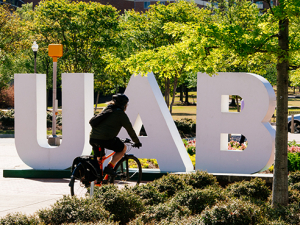
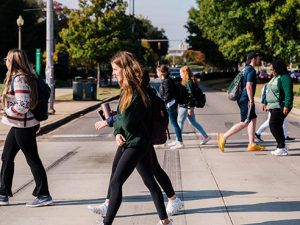
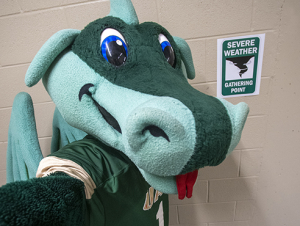
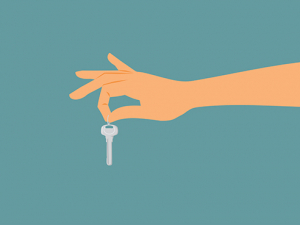
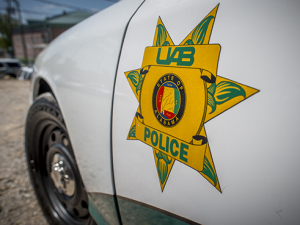


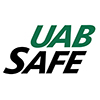 UAB is committed to fostering a safe and inclusive environment for all Blazers. From mobile apps to bus escort services to B-Alerts and more, make sure you’re up to date on all the ways to stay safer on campus.
UAB is committed to fostering a safe and inclusive environment for all Blazers. From mobile apps to bus escort services to B-Alerts and more, make sure you’re up to date on all the ways to stay safer on campus.